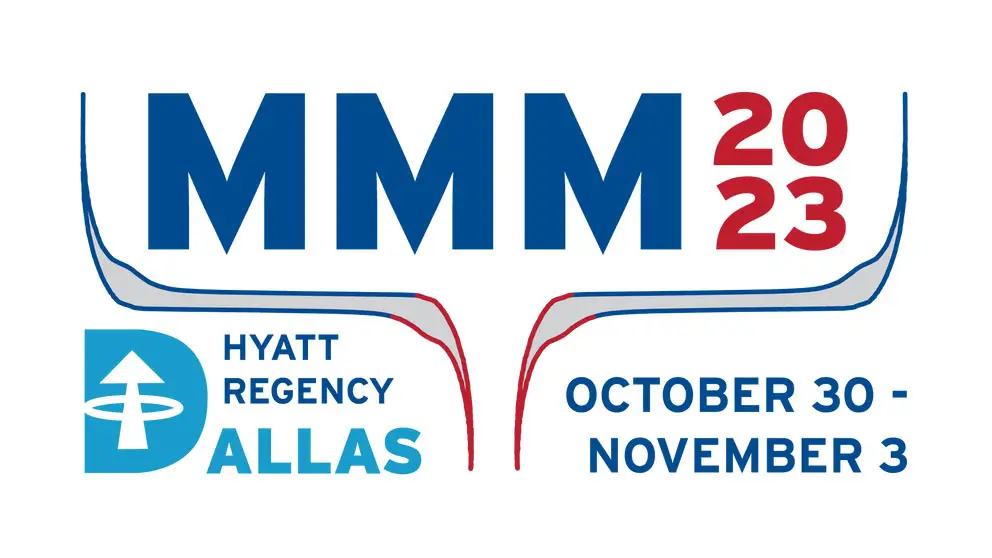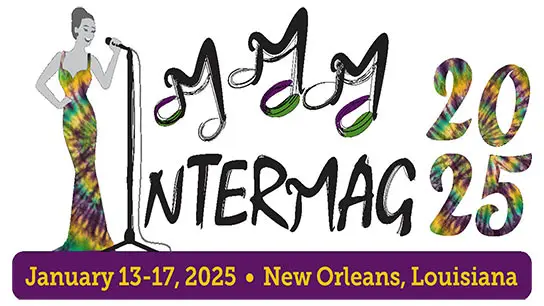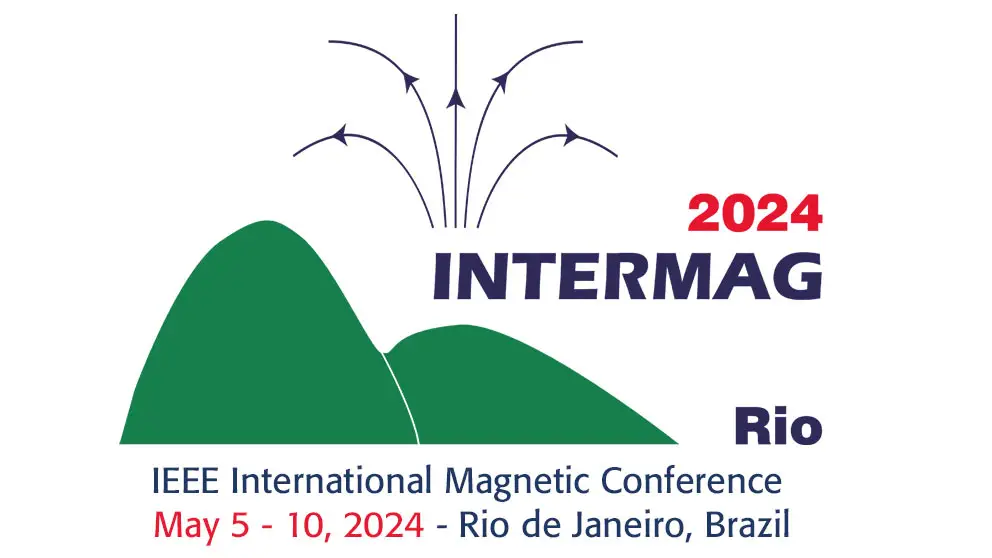DD-04: Antiferromagnetic Switching in Mn2Au Using a Novel Laser Induced Optical Torque on Ultrafast Timescales
Jackson Ross, Paul-Iulian Gavriloaea, Frank Freimuth, Yuriy Mokrousov, Richard Evans, Roy Chantrell, Ruben Otxoa and Oksana Chubykalo-Fesenko
Oral
01 Nov 2023
We present on the atomistic-scale simulation of a novel laser-induced spin-orbit torque for the use of precessional switching Mn2Au domains 90 and 180 degrees. Classes of high-Neel temperature antiferromagnets which respond asymmetrically to external controls represent an important step for Terahertz level generation, manipulation, and characterisation of magnetic textures. Mn2Au is one such material, and provides a generous platform for both high and low level model development and research. Currently, Mn2Au domains are known to respond to the induced spin Hall effect (spin orbit torque) [1], and simulated to respond to laser excited spin-current generation (spin transfer torque) [2]. Recent ab initio calculations studying the broken inversion symmetry of Mn2Au allows for a non-zero staggered spin-orbit field induced from optical laser excitation, which is separate from spin Hall and spin-current effects [3]. The driving mechanism takes advantage of the sizeable 'exchange enhancement' characteristic of antiferromagnets [4], allowing for small picosecond switching with fluences on the order of mJ/cm2. The symmetry of these novel torques are highly dependent on the time-varying atomic magnetisation directions and laser polarisation, which results in precessional toggle switching—a large departure from traditional current-induced spin orbit torques (Fig 1,2). We calculate switching phase diagrams as functions of fluence, damping constant, and pulse duration for the two main exchange Hamiltonians present in the literature [2,4], for both 0K and finite temperature.References: [1]. S. Yu. Bodnar, L. Šmejkal and I. Turek, Nat. Comms., Vol. 9, p.348 (2018) [2]. M. Weißenhofer, F. Foggetti and U. Nowak, Phys. Rev. B., Vol. 107, p.174424 (2023) [3]. F. Freimuth, S. Blügel and Y. Mokrousov, Phys. Rev. B., Vol. 103, p.174429 (2021) [4]. P. E. Roy, R. M. Otxoa and J. Wunderlich, Phys. Rev. B., Vol. 94, p.014439 (2016)


